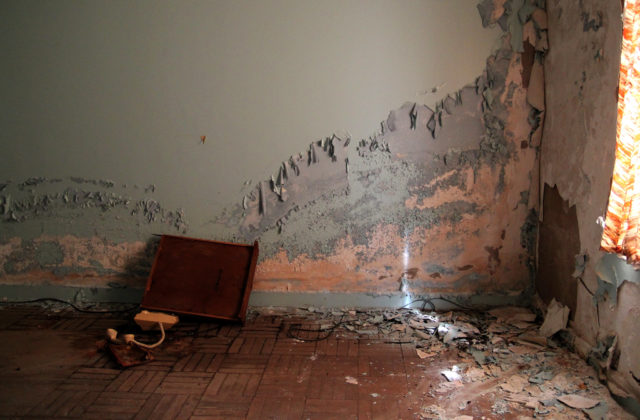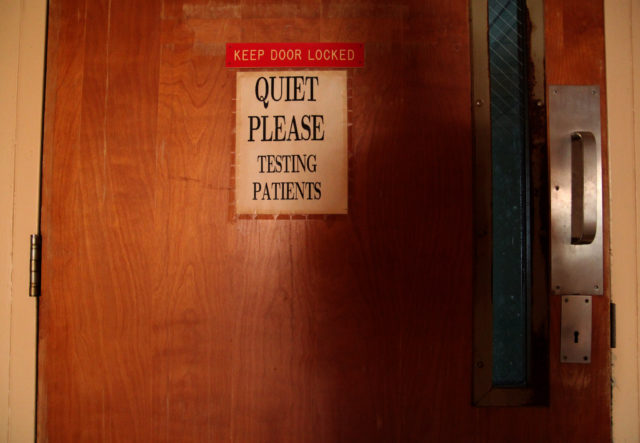Bryce Hospital is the largest and oldest psychiatric institution in Alabama, USA. Discussions about building a state hospital for those with mental health issues began as early as 1852.
The city of Tuscaloosa was chosen as a suitable location for a hospital and 326 acres of land was purchased next to the University of Alabama that year.
Philadelphia architect Samuel Sloan designed the building in the Italian style with the layout based on the Kirkbride Plan. Interestingly, Bryce Hospital was the first building in the city to be equipped with central heating and gas lights.
The construction of the psychiatric hospital began in 1853, although it wouldn’t officially open its doors until 1861.
While building works were ongoing, there were various attempts to halt the project for financial reasons, but such obstacles were overcome.
The hospital was officially founded in 1859 as the Alabama Insane Hospital or The Alabama State Hospital for the Insane.
In 1860, Peter Bryce was selected as the first superintendent of the hospital. He was born in 1834 in South Carolina, making him only 27 years old when appointed.
He was also an unusual choice as he was a physician, which was not the case with many superintendents of the time.
Bryce had studied mental health care in Europe and had experience working in psychiatric hospitals in New Jersey and South Carolina before he moved to the Alabama hospital.
His standard of treatment soon came to be seen as being in a class of its own. He and his wife lived in a house on the hospital grounds.
Finally, the Alabama Insane Hospital opened its doors in 1861. The hospital had its own newspaper called The Meteor which was produced by patients. Surviving issues provide a great source of information about what went on in a progressive psychiatric institution in the late 19th century.
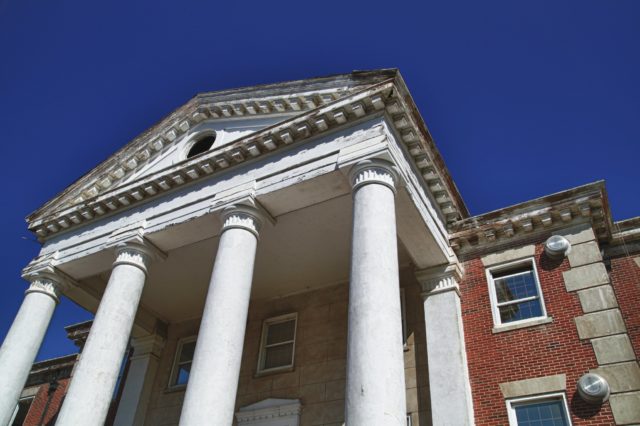
Thanks to Peter Bryce, the hospital became an innovative institution in the field of mental health.
He fostered an atmosphere of discipline among hospital staff, ensuring that all patients with dignity and respect. He initially prevented then outright banned the use of straitjackets and restraints.
He also ensured that patients were provided with work opportunities in the form of work programs involving agriculture, crafts such as sewing, and maintenance.
This practice was not only beneficial to the patients’ health but it also contributed to the hospital funds since patients produced items for their own use as well as commercial sale.
These latter items turned out to be essential as a flaw in the funding agreement meant that Bryce Hospital’s state funds were soon severely reduced.
Peter Bryce passed away in 1892 and was buried in the hospital cemetery. In 1900, the Alabama Legislature decided to rename the hospital in honor of Bryce.
Statistics relating to the hospital indicate that in 1949 the overcrowding of the hospital reached a peak with 5,200 patients.
Bryce Hospital continued to operate on the same concepts as it had under its founder, but by the 1970s, standards had fallen dramatically. Governor Lurleen Wallace toured the institution in 1967 and was appalled at the state of it, so she lobbied for more funds.
However, no additional finance was forthcoming, and in 1970, Alabama was rated the worst of all the US states in terms of mental health funding. Records show that the state used to provide approximately 50 cents a day per patient to Bryce Hospital.
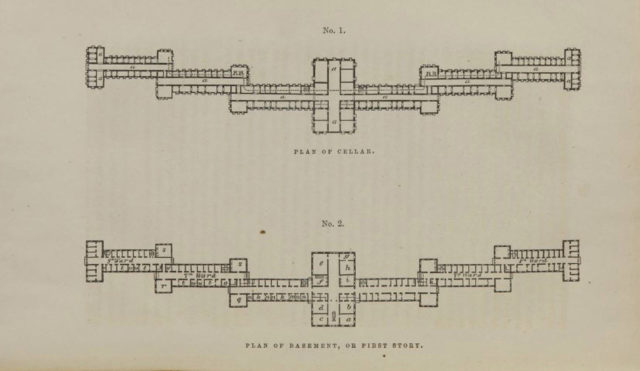
Unfortunately, a cigarette tax that had been earmarked to be spent on mental health funding was cut in 1970. With no further funds available, about 100 employees were dismissed from Bryce Hospital, 20 professional staff among them.
The University of Alabama tried to bring a case on behalf of the dismissed employees, but US District Court Judge Frank Johnson ruled that the court had no jurisdiction when it came to employees. However, he left a door open by saying that a suit could be filed by the patients as their care had been affected.
One of the employees, WC Rawlins, took advantage of this opportunity to file a class-action lawsuit listing her nephew, Ricky Wyatt, as the main plaintiff since he was a patient at the hospital. The case, known as Wyatt v Stickney, came before the court in 1970.
The plaintiffs alleged unbearable living conditions and inappropriate treatment methods that were designed to make the patients more compliant rather than improve their health.
By 1971, two more institutions had been joined to the case: Searcy Hospital and Camp Partlow. As a result, when Johnson gave his decision, it formed the basis of minimum standards of care for mental health institutions in the state.
The standards came to be known as the Wyatt Standards and included having sufficient, qualified personnel to care for the patients, providing individual treatments tailored to the patient, and imposing only minimal restrictions on patient freedom in a humane environment.
By 1999, a new settlement in the case was reached as significant progress had been made. It was finally dismissed in December 2003 by Judge Myron Thompson who found that Alabama was in compliance with all the conditions.
Running for 33 years, this is the longest-running mental health litigation in the history of the country. The case cost the state $15 million and ran on through the tenure of nine Alabama governors and 14 state mental health commissioners.
In December 2009, Governor Bob Riley announced that Bryce Hospital would be relocated to another facility while the University of Alabama would take over the site. The University pledged $10 million to clean up the hospital and restore the main building which had been entered on the National Register of Historic Places in 1977.
The hospital was sold in May 2010 at a price of $87.75 million and within four years, all patients had been transferred to a new institution. After that, the hospital stood unused for some time while the $40 million restoration project took effect.
Dan Wolfe, the planner for the University, stated that he expected the new project to be completed in 2020. The site will contain a welcome center and two museums, one about mental health and the other about the history of the university. Some areas will also be event spaces and classrooms for performing art workshops.
All the photographs of the hospital were taken during its reconstruction period by Naaman Fletcher who kindly allowed us to use his images and share them with our readers.
Naaman Fletcher is a photographer and explorer who is based in Birmingham, Alabama. He has been documenting urban decay, industrial abandonments, and rural decomposition since 2009. You can visit his Flickr account and check more of his photographs. Or you can go straight to his blog where he also posts photos with description.
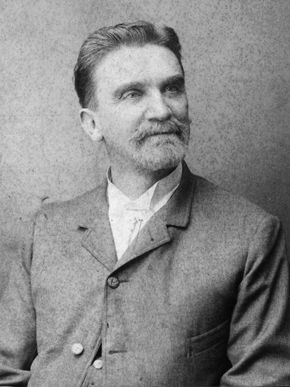
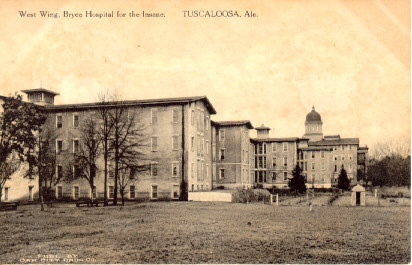
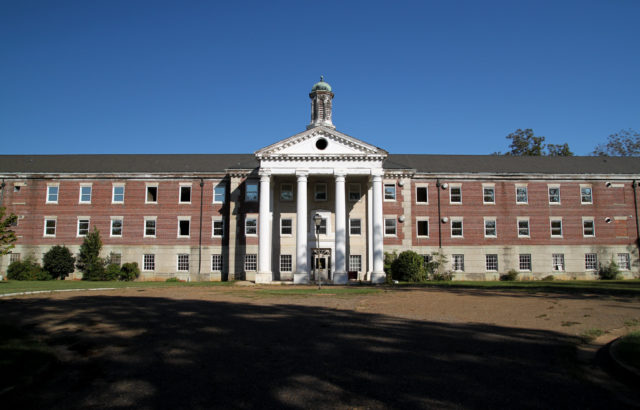
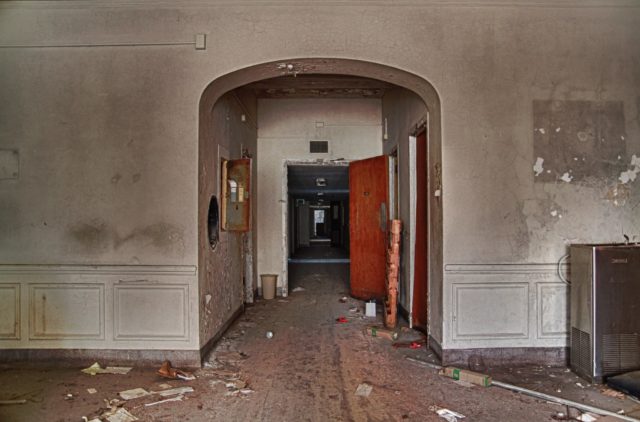
https://www.youtube.com/watch?v=dbO0kSnuhFs
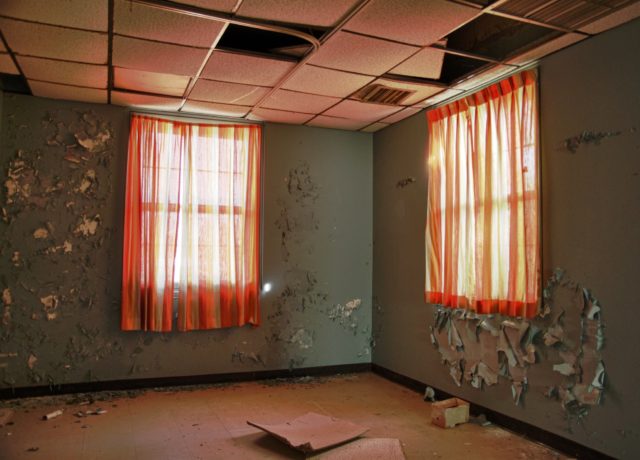
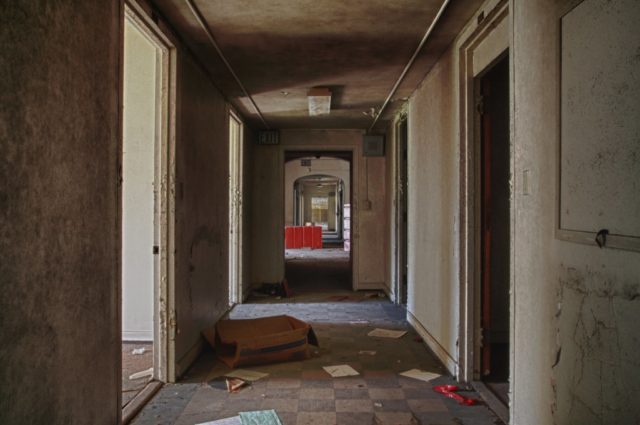
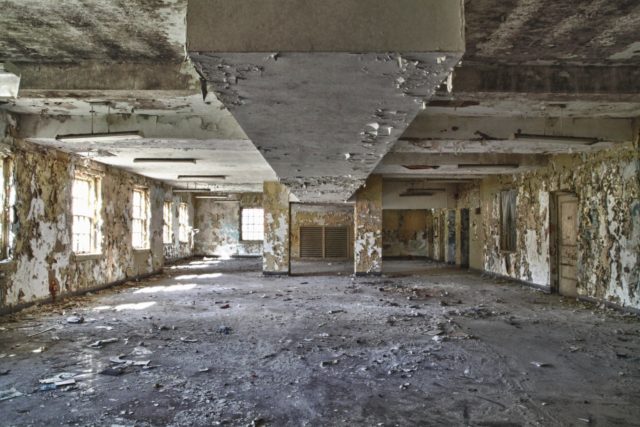
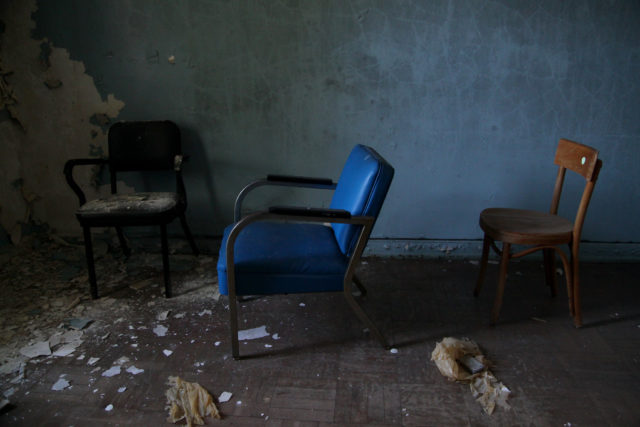
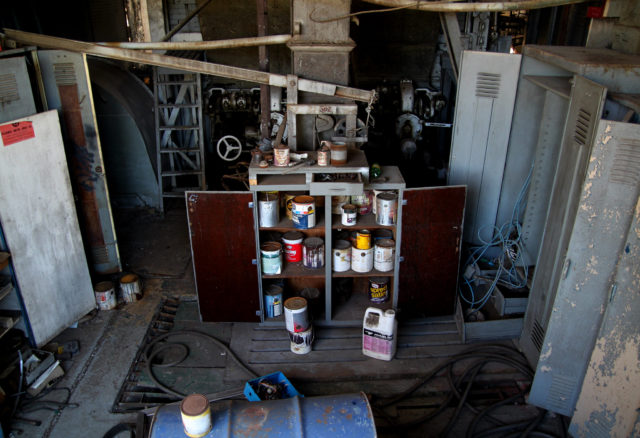
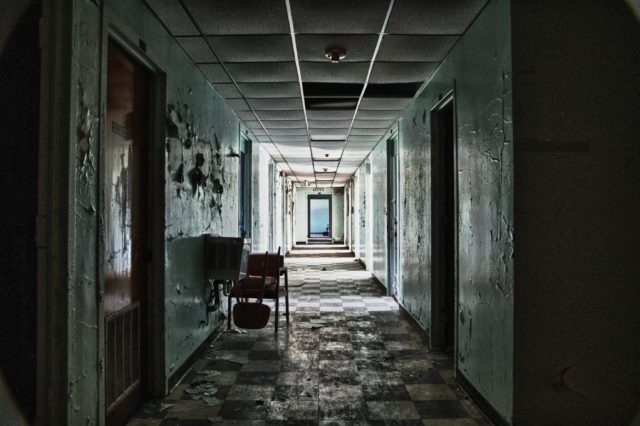
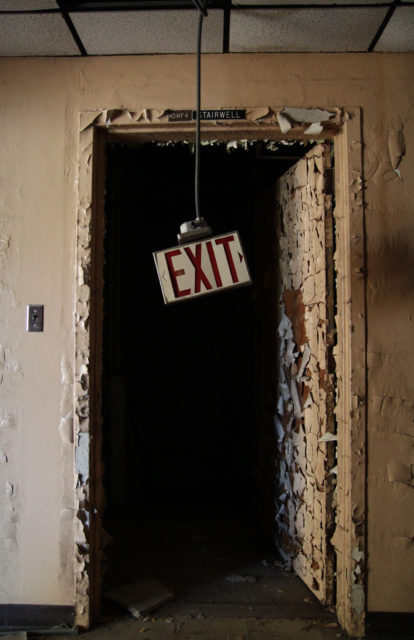
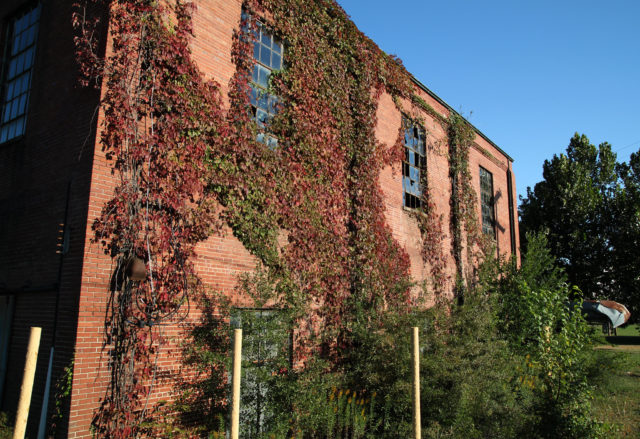
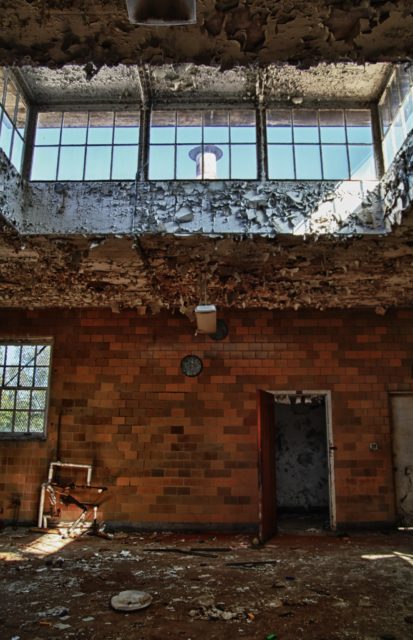
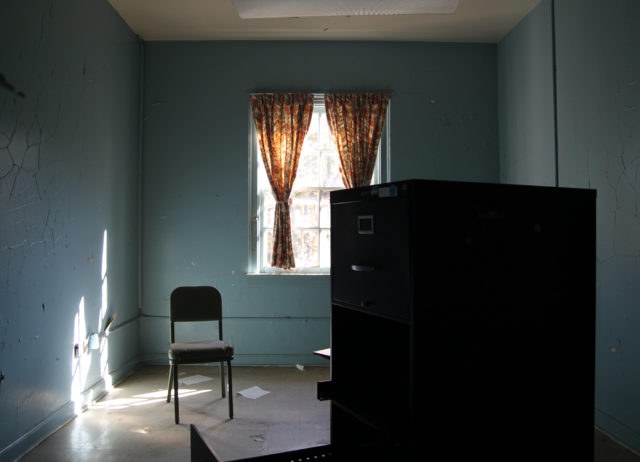
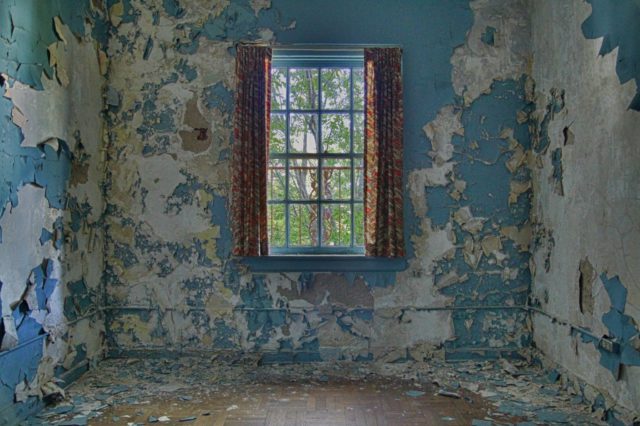
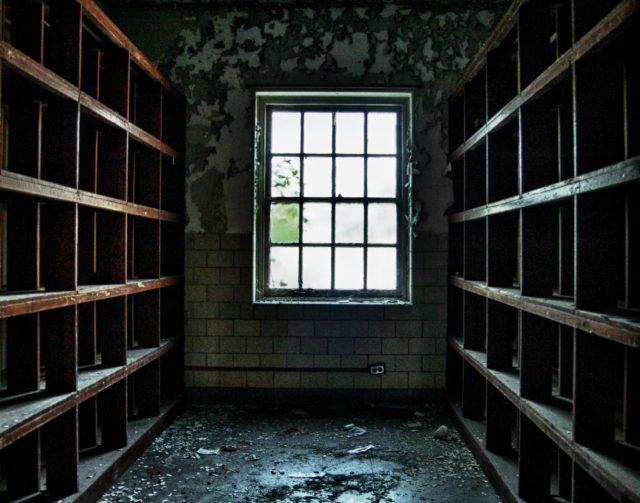
Former Ghost Town Is Back To Life – Valdeluz, Spain
